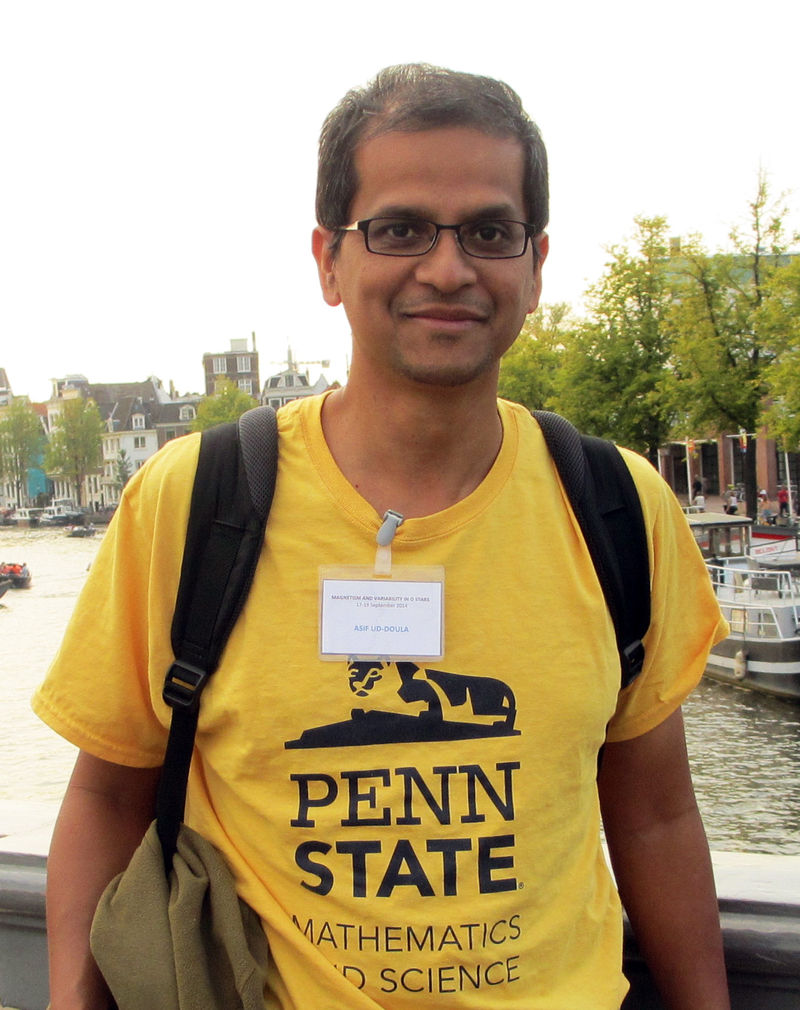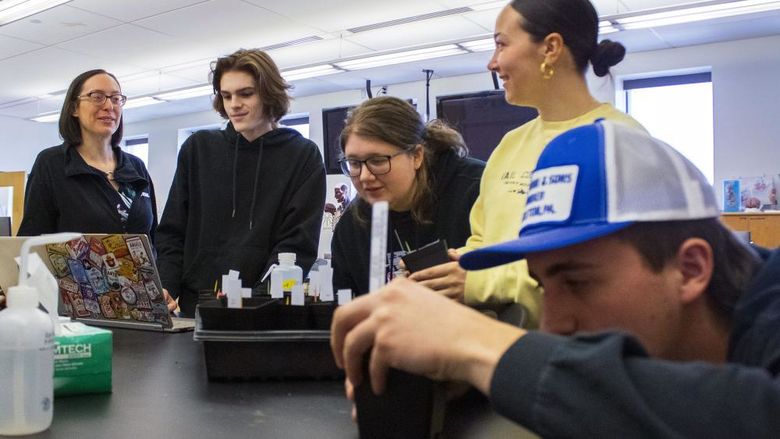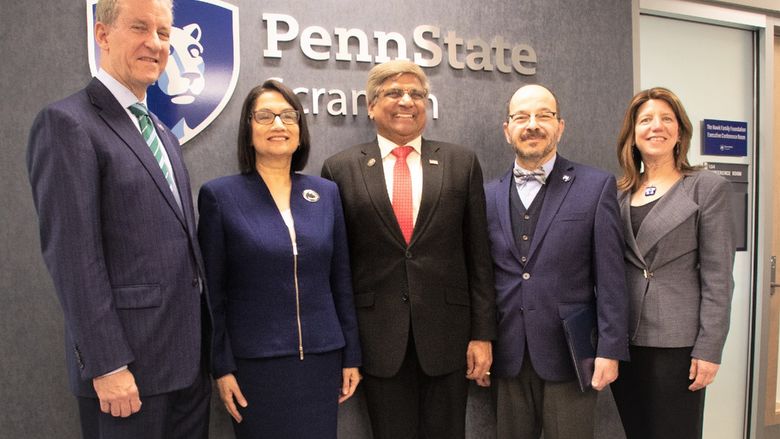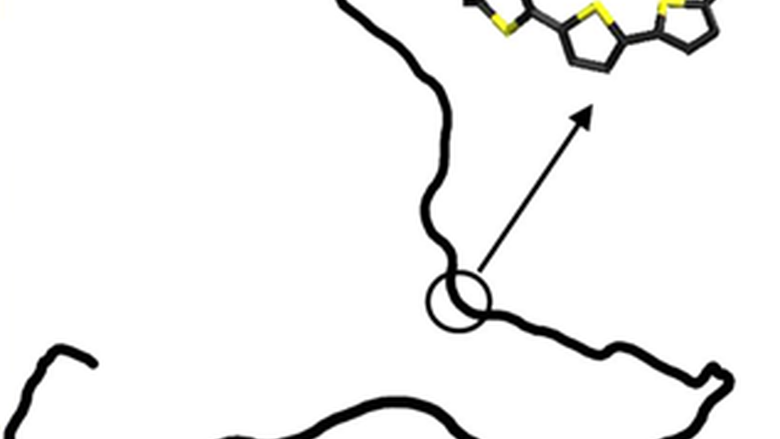DUNMORE, Pa. — Penn State Worthington Scranton Associate Professor of Physics Asif ud-Doula researches massive stars. A study he co-authored with two close collaborators in 2014, wherein they proposed a theory for how reduction in the colliding winds of large stars could actually make them brighter and emit more X-rays, has recently received some independent observational support and is referenced in two international popular articles.
In February of this year, a study that ud-Doula and two researchers from the University of Delaware, Nathaniel Kee (now at the University of Tübingen, Germany) and Stanley Owocki completed in 2014 and published in the Monthly Notices of the Royal Astronomical Society, titled “Suppression of X-rays from radiative shocks by their thin-shell instability,” was referenced in The New Atlas online newsletter, and on the European Space Agency’s (ESA) website.
The New Atlas article draws a clear connection between the 2014 report ud-Doula and his team compiled — which was based on computer simulation and analysis — and recent observations made with the European Space Agency's XMM-Newton observatory.
The latest observations bear out ud-Doula’s research team’s theoretical prediction that the colliding winds of large stars could actually become brighter, and emit more X-rays, as the matter emitted after a stellar event subsides — contrary to previous expectations.
The leading researcher with the XMM-Newton observatory who was responsible for discovering this unusual behavior of colliding massive star winds, Yaël Nazé of the University of Liège, Belgium, is a colleague of ud-Doula’s and hosted ud-Doula when he presented a seminar in Belgium last fall.
Ud-Doula had received a three-month Sabbatical Fellowship from the Fund for Scientific Research of Belgium (FNRS) at the Institute of Astronomy. During his stay in Liège he was invited to give a seminar titled: “Winds of Magnetic Massive Stars” at nearby Catholic University of Leuven, which is a nearly 600-year-old university, one of the oldest and largest in Europe, with a 50,000+ student body and an especially strong program in astronomy and space-related research.
He will continue sharing his expertise and research findings later this spring when he travels to Paris for a two-month sabbatical stay at the Paris Observatory, a research institution of the Universite Paris Sciences and Lettres, and one of the largest astronomical centers in the world.
Massive stars are relatively rare stars that are at least eight times as massive as the sun and they can be up to a million times as bright as the sun, ud-Doula explained. All stars lose mass through a phenomenon called stellar winds; our sun loses about one trillion tons of mass every year. These massive stars, on the other hand, can lose a billion times more than that. These amazingly powerful winds that can reach speed of 2,000 miles/second are driven by light emitted by these stars.
“I discussed how stellar magnetic fields can affect these powerful winds. In particular, these winds can produce copious amount of X-ray that essentially could kill all life on Earth if we replaced our sun with one such massive star,” ud-Doula said.
To read the original 2014 article on the Monthly Newsletter of the Royal Astronomical Society, go to:
https://academic.oup.com/mnras/article/438/4/3557/1111976.
To read the New Atlas article, go to: https://newatlas.com/esa-strange-stellar-wind/53254/.
To read the article on European Space Agency website:
http://www.esa.int/Our_Activities/Space_Science/Stellar_winds_behaving_unexpectedly.






